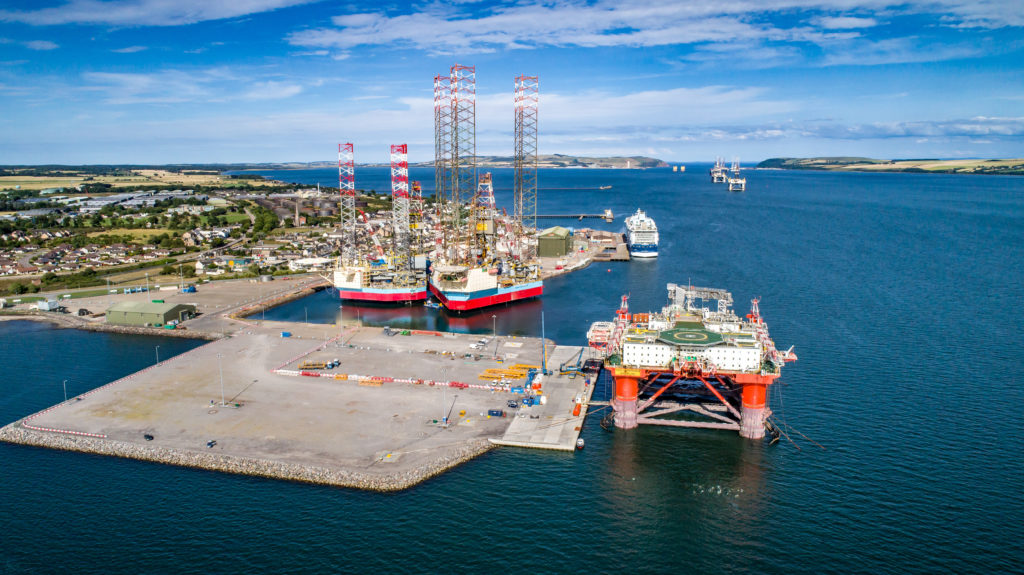
Highland industries may start switching from traditional power sources to “green” hydrogen within three years under an ambitious plan that would establish the area as a “global forerunner” in large-scale production of the fuel.
It has been predicted a “significant number” of new jobs would be created by the development proposed by the Port of Cromarty Firth (PCF), which is said to have attracted interest from national and international investors.
Green hydrogen, created using chemical processes powered by electricity from renewable sources, has been identified as having the potential to play a key role in the decarbonisation of energy for industrial and domestic use.
Invergordon-based PCF says its ambition to develop a hydrogen “hub” at the Easter Ross port to process, store and export the gas represents a “massive opportunity” for the area and Scotland as a whole.
Power would be supplied from current and future offshore wind farms, as well as onshore schemes.
The trust port is preparing to carry out a detailed feasibility study for the project, having identified demand from local industries looking to decarbonise their operations.
In the longer term, the hydrogen could be used to heat homes in the area.
PCF strategic business development manager Joanne Allday said: “Short-term – and it could be as early as 2022-23 – we have a number of local industry partners who want to decarbonise their operations.
“Obviously with heating it’s seasonal demand, because people only tend to put it on in the winter, but with these particular industries it’s non-seasonal. So, we have got a base-load of demand which is making our project very exciting for people in the industry, because we are looking at quite a large-scale project to get the price point right for the hydrogen.
“We have been told that we could be one of the global forerunners of green hydrogen production at this scale and in this time frame, which is amazing. We see an opportunity for Scotland to become global leaders in green hydrogen, as well as through offshore renewables and, particularly, floating wind technologies.”
Up to 15 new offshore wind sites, generating a total of 10 gigawatts of electricity, are expected to be developed in the coming years, adding to those already operating or being built, with a significant concentration of the schemes in the Outer Moray Firth, on the “doorstep” of the Cromarty Firth.
That, along with its deep waters and established facilities, makes the area ideal for hydrogen development, Ms Allday said.
She added: “The port is a logical hub for it because there is a lot of infrastructure that can be re-purposed, and we’ve got the transport connections and access to domestic and export markets.
“There is a big export opportunity here, particularly into mainland Europe, which just doesn’t have the offshore wind capacity. They don’t have the sea space that we have in the UK, so they need to be importing some of their power.
“Europe has been really clear that their focus is primarily green hydrogen, so we think there is a great opportunity for our region and we are doing our best to realise it.
“There is an option for a significant amount of jobs in addition to what’s happening in the offshore wind industry and we see it playing a really big role in making sure people that currently work in oil and gas have got meaningful, highly-skilled, well-paying jobs to go to as oil and gas declines in the North Sea over the next few decades.
“But also, with brand new technologies like these, it is so exciting for the schoolchildren and college students in the area.
“We can actually show them that opportunities are right here on their doorstep, and they can have really interesting careers and develop expertise they can take around the world.”
